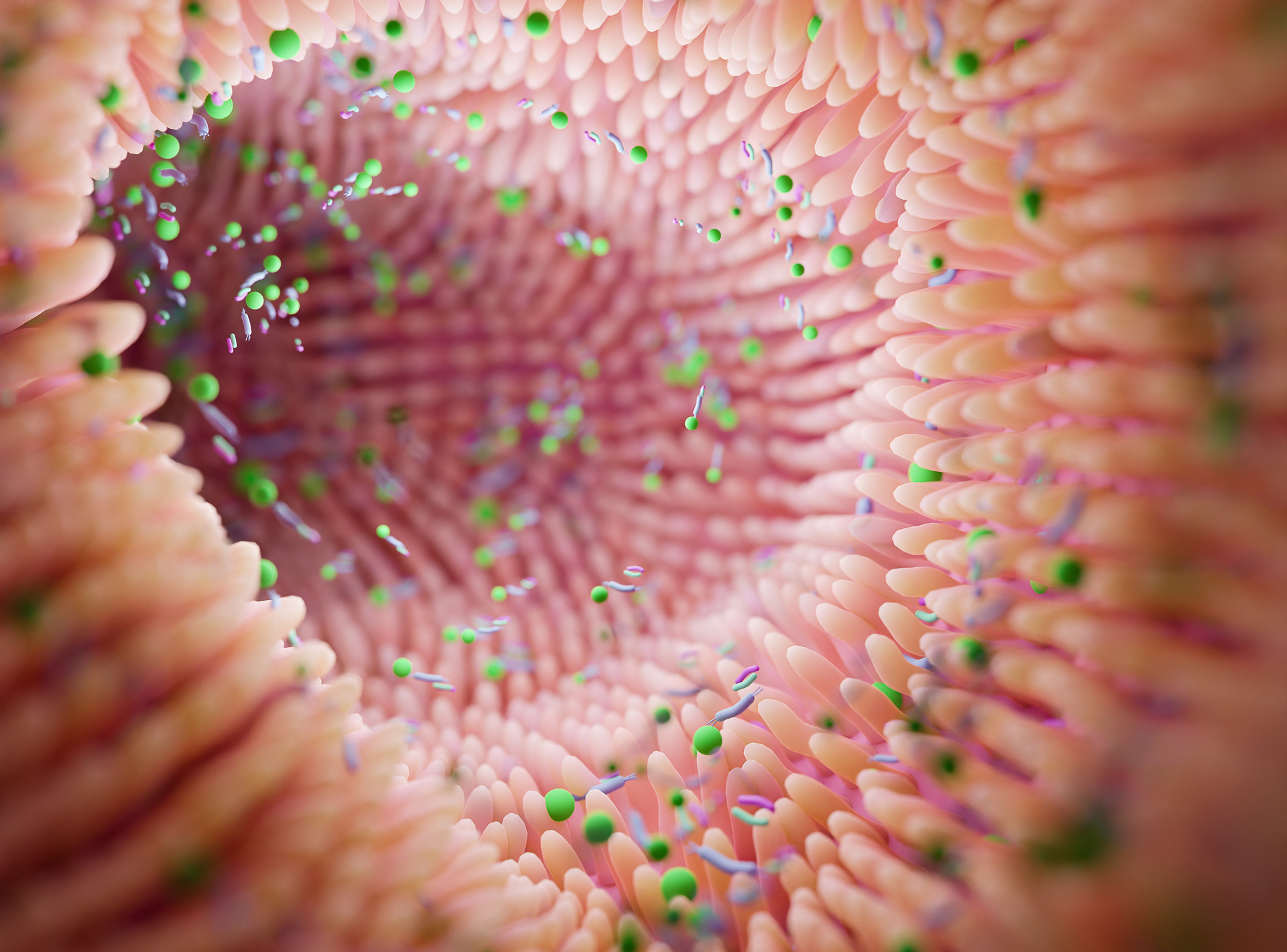 A new study has linked COVID infection with a reduction in microbiome diversity – prior to the use of antibiotics.
A new study has linked COVID infection with a reduction in microbiome diversity – prior to the use of antibiotics.
The research, published 1 November 2022 in Nature Communications, demonstrated that infection with COVID could not only reduce the number of bacterial species in a patient’s gut – creating space for dangerous microbes to thrive – but also revealed that antibiotic-resistant species can escape into the bloodstream, putting patients at greater risk for life-threatening secondary infections.
The team from New York University’s (NYU) Grossman School of Medicine built on the realization that widespread use of antibiotics to fight infections with disease-causing bacteria in recent decades, by killing off species most vulnerable to available drugs, has left in place more species that are resistant to antibiotics.
Disruptions in gut bacterial ratios have previously been linked to more severe cases of COVID, however, co-lead author, Professor Ken Cadwell from the Departments of Microbiology and Medicine at New York University’s NYU’s Langone Health, said that until now it had remained unclear which came first – the coronavirus infection disrupting the gut microbiome or an already weakened gut making the body more vulnerable to the virus.
The new study appears to favour the former explanation.
“Our findings suggest that coronavirus infection directly interferes with the healthy balance of microbes in the gut, further endangering patients in the process,” Professor Cadwell said.
“This new study is the first to show that the coronavirus infection alone, and not the initial use of antibiotics to treat the disease (as other experts had thought), damages the gut microbiome. It provides the first evidence that the very same bacteria in the gut are also entering the blood stream of patients, causing dangerous infections.
“Now that we have uncovered the source of this bacterial imbalance, physicians can better identify those coronavirus patients most at risk of a secondary bloodstream infection.”
Researchers first infected dozens of mice with COVID and analysed the makeup of bacterial species in their stool samples to untangle whether the virus could directly disrupt the microbiome independently of hospitalization and treatment.
Next, they collected stool samples and blood tests from 96 men and women hospitalized with COVID in 2020 at NYU Langone Health and Yale University hospitals, to assess gut microbe composition and presence of secondary infection. If any bacteria group made up most of the bacteria living in the gut, they were considered dominant.
The team discovered that most patients had low gut microbiome diversity, with a full quarter dominated by a single type of bacteria, often dominated by populations of several microbes known to include antibiotic-resistant species – possibly due to widespread antibiotic use early in the pandemic.
Dr Jonas Schluter, an assistant professor in the Department of Microbiology at NYU Langone and a member of its Institute for Systems Genetics, said that the antibiotic-resistant bacteria found in the gut were also observed to have migrated into the bloodstream in 20% of patients.
“Our results highlight how the gut microbiome and different parts of the body’s immune system are closely interconnected,” Professor Schluter said.
“An infection in one can lead to major disruptions in the other.”
However, since the patients received different kinds of treatments for their illness, the investigation could not entirely account for all factors that may have contributed to the disruption of their microbiome and worsened their disease, and the authors noted that further research is needed to uncover why this group was at higher risk for a secondary infection while others remained protected.
According to Professor Schluter, the team now plans to examine why certain microbial species are more likely to escape the gut during COVID by exploring how different microbes interact, which may contribute to this migration into the bloodstream.

